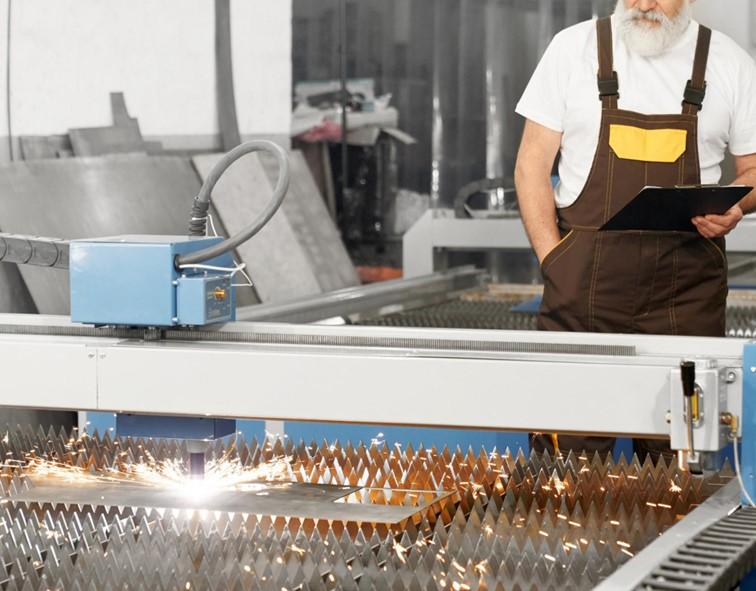Molding(Die) is the industrial production of injection, blow molding, extrusion, die-casting or forging molding, smelting, stamping, and other methods to get the required products of various molds and tools. In short, a mold is a tool used to make molded objects. This tool is made up of various parts, and different molds are made up of different parts. It is mainly through the physical state of the shape of the material changes to achieve the shape of the processing, under the action of external forces to make the blank into a specific shape and size of the workpiece tool. It is widely used in blanking, die forging, cold heading, extrusion, powder metallurgy parts pressing, pressure casting as well as engineering plastics, rubber, ceramics, and other products of plastic or plastic injection molding.
How to classify the molds
There are many kinds of molds. According to the processing object, processing technology, and forming materials, they can be divided into:
- Metal stamping mold: continuous die, single die, compound die, drawing die
- Plastic Molding Mold: Injection Mold, Extrusion Mold, Absorption Mold
- Die-casting dies
- Forging Die
- Powder Metallurgy Dies
- Rubber Mould
What is mold software
- Plastic mold: EMX of PTC,NXMold Wizard of Siemens, CimatronE,Delcam Moldmaker,Topsolid Mold of Missler, Mold Design of Think3, IMOLD of Manusoft, MoldWorks of R&B…
- Hardware mold: PDX of PTC, NXProgressive Die Design of Siemens, Logopress3 of Logopress, 3DQuickPress of 3D QuickTools Limited, MoldWorks of R&B Mold & Die Design, Topsolid Progress of Missler。
What are the characteristics of the mold
- high machining accuracy is required. Mold is generally composed of a die, punch and die frame, and maybe a multi-piece assembly module. The combination of upper and lower die, the combination of insert and cavity, and the combination between modules all require high machining accuracy. Precision dies size accuracy is often up to m level.
- Complex shape. Some products such as car covers, aircraft parts, toys, household appliances, the surface are composed of a variety of surface combinations, therefore, these complex mold cavity surfaces must be processed by a mathematical calculation method.
- Small Batch. Mold production is not mass production, in many cases, often only one pay production.
- Multiple procedures. In-mold processing, there are many processes such as milling, boring, drilling, reaming, and tapping.
- Repeated production. The service life of the molds is limited and should be replaced when the service life of the molds exceeds that of the molds. So the mold production is often repetitive.
- Copying processing. Sometimes there are no mold production patterns and data, according to the real copy processing. This requires high imitation accuracy without
- Excellent mold materials. The main materials of the mold with high hardness are mostly made of high-quality alloy steel, especially the mold with high service life, which is often made of Crl2, CrWMn. This kind of steel from blank forging, processing to heat treatment has strict requirements. Therefore, the preparation of processing technology cannot be ignored and problems like heat treatment deformation should be seriously treated.





